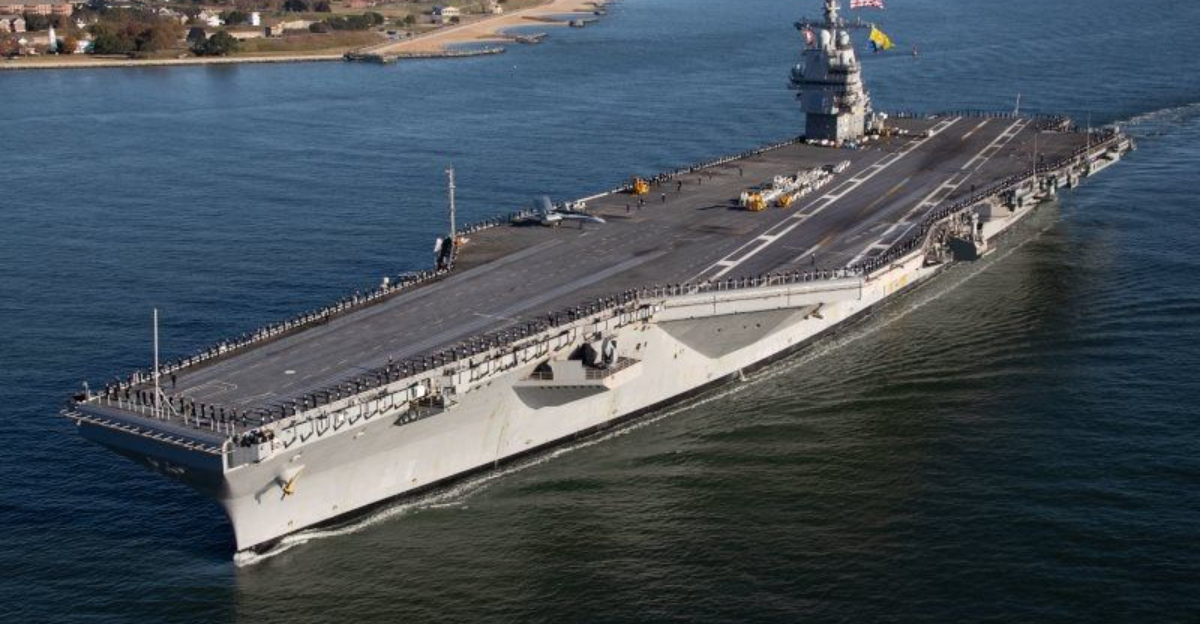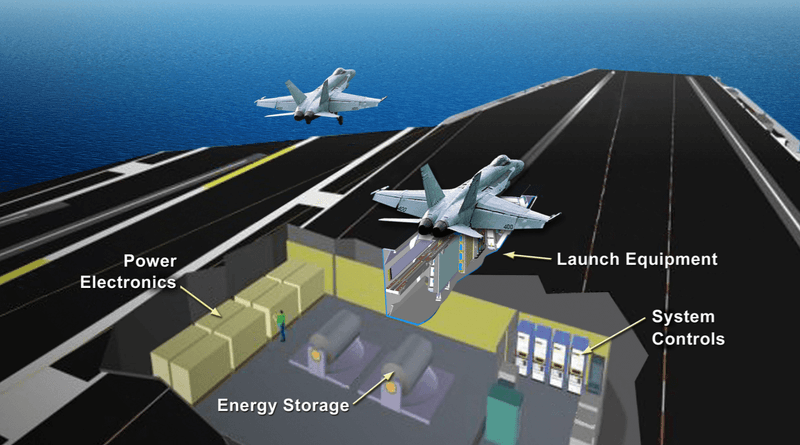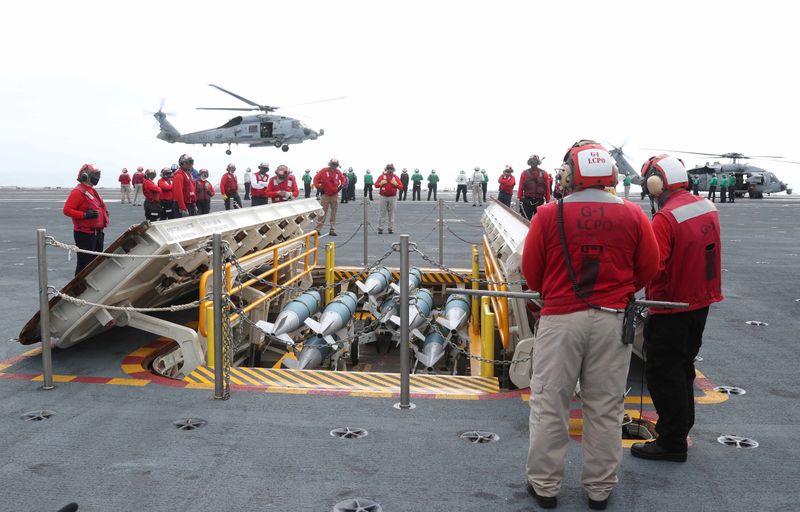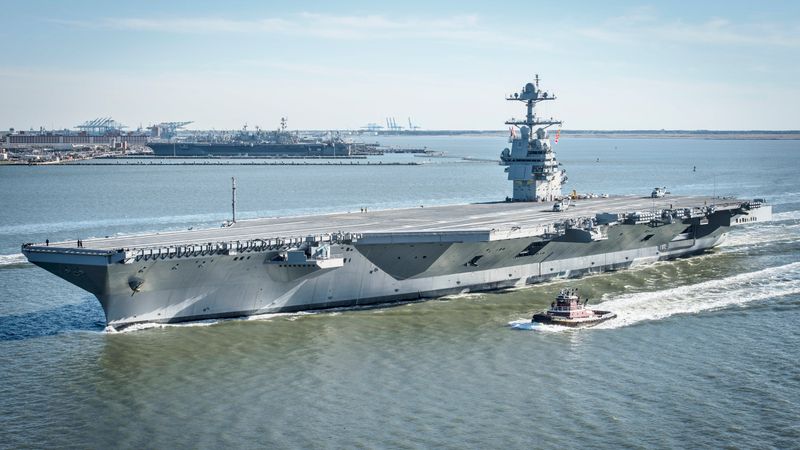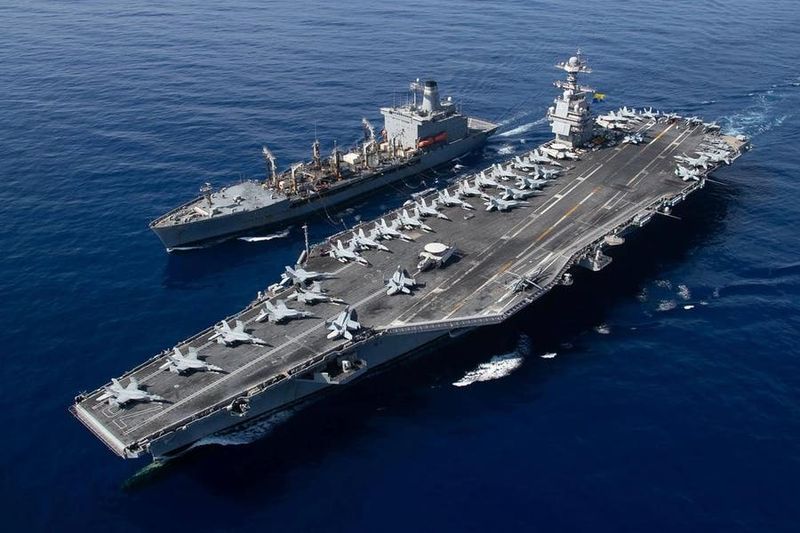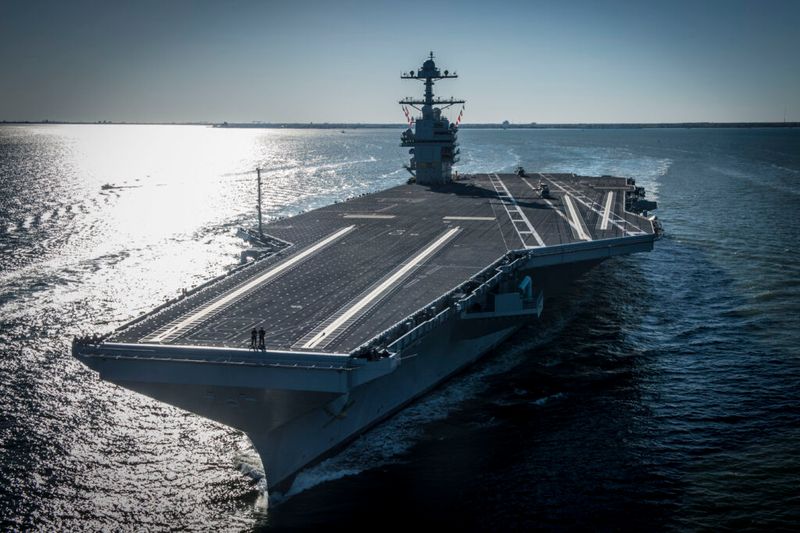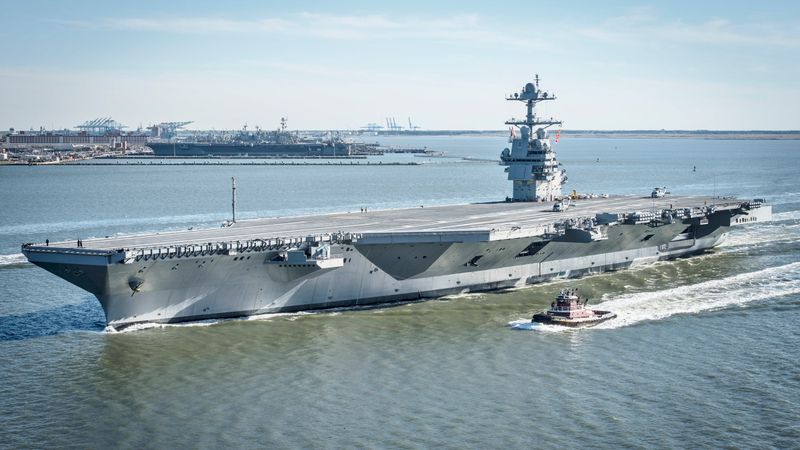The US Navy operates two types of aircraft carriers: the Nimitz-class and the Ford-class. While both are vital to naval operations, they have distinct differences that impact their efficiency and future readiness.
This article dives into these differences, exploring why they matter to both the Navy and global security.
1. Launch Systems: Steam vs. Electromagnetic
Nimitz-class carriers employ traditional steam catapults for launching aircraft, whereas the Ford-class has transitioned to the Electromagnetic Aircraft Launch System (EMALS). This advancement is significant because EMALS offers a smoother and less stressful launch process for aircraft, enhancing their longevity. Additionally, the electromagnetic system can launch planes more swiftly, increasing the number of sorties per day. This technological leap is not just about efficiency; it may be pivotal in future battles where rapid response and aircraft availability are crucial.
2. Aircraft Elevators: Slower vs. Smarter
Aircraft elevators on Nimitz-class carriers utilize older hydraulic systems. In contrast, Ford-class carriers boast advanced electromagnetic elevators. These new elevators not only move at a faster pace but can also handle heavier loads, optimizing aircraft resupply operations. This capability ensures that more flight missions are possible within a shorter timeframe, enhancing the carrier’s combat power. Speedy resupply operations are vital in maintaining a persistent presence during missions and can make a difference in high-stakes naval engagements.
3. Power Source: Less vs. More
Both Nimitz and Ford-class carriers are nuclear-powered, but the Ford-class features reactors capable of generating three times more electricity. This surplus power is essential for supporting next-generation technologies such as directed-energy weapons and railguns. As naval warfare evolves, having the capacity to integrate advanced technology is crucial. The increased power supply not only ensures operational efficiency but also positions the Ford-class carriers as platforms for future warfare innovations. This distinction underscores a strategic advantage over potential adversaries.
4. Crew Size: Bigger Isn’t Better
Nimitz-class carriers typically require around 5,000 personnel, whereas the Ford-class reduces this number by about 600 due to enhanced automation. Reducing crew size is not merely about cost savings; it’s about optimizing operational efficiency and reducing human error. Less personnel on board means lower long-term expenses and a more streamlined operation. This evolution reflects a broader trend towards automation in the military, balancing human presence with technological advancement to maintain effective naval operations.
5. Flight Deck Efficiency: Crowded vs. Streamlined
Ford-class carriers feature a redesigned flight deck that reduces congestion and accelerates aircraft turnaround. This optimization allows for up to 33% more sorties per day compared to the Nimitz-class. A less crowded flight deck means quicker loading and refueling of aircraft, ensuring that the carrier can sustain high-intensity operations for extended periods. This is crucial for maintaining air superiority in prolonged engagements. By minimizing delays in aircraft operations, Ford-class carriers can maintain a persistent airborne presence.
6. Maintenance Time: Longer vs. Leaner
Nimitz-class carriers require more frequent overhauls and maintenance, leading to longer periods out of service. Ford-class carriers, however, are designed with improved systems and layouts that reduce maintenance downtime. This means more time on deployment and less in dry dock, enhancing the Navy’s global presence. Efficient maintenance practices not only save costs but also ensure readiness for unexpected missions. The ability to stay at sea longer translates to a strategic advantage, keeping naval forces agile and responsive.
7. Future-Proofing: End of the Line vs. Next Gen
While the Nimitz-class carriers are approaching the end of their service life, the Ford-class is designed to operate through the 2100s. This design includes space and infrastructure to incorporate future weapons, systems, and drones. Future-proofing the fleet is vital to keeping pace with technological advancements and evolving threats. The Ford-class represents the Navy’s commitment to investing in adaptable and long-lasting platforms, ensuring that it remains a formidable force in naval warfare for decades to come.
